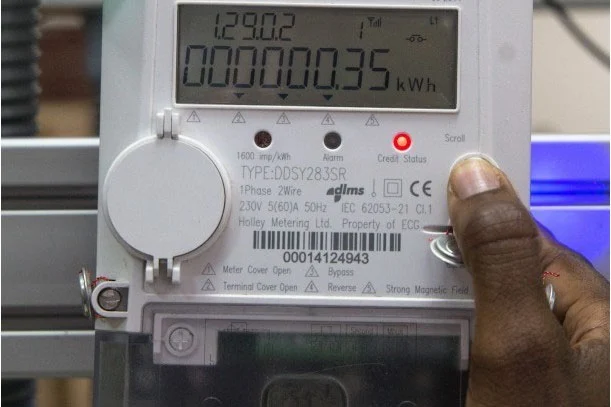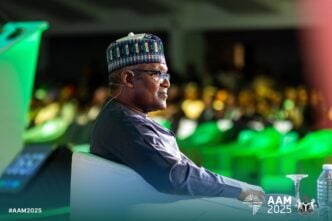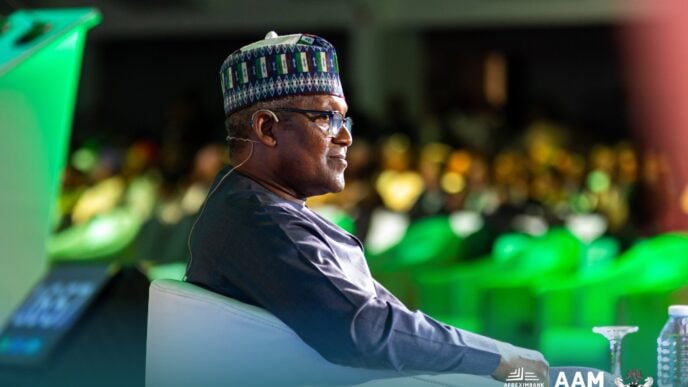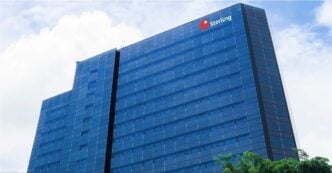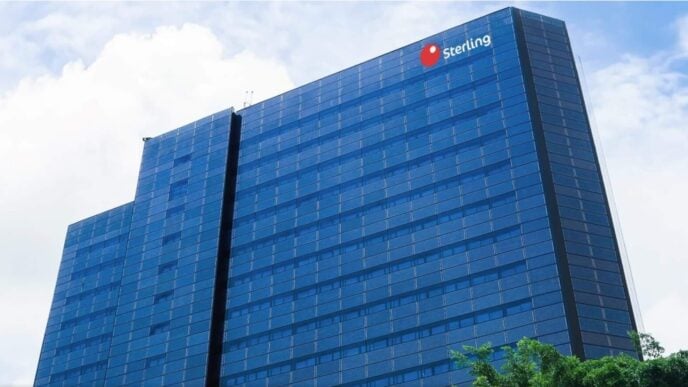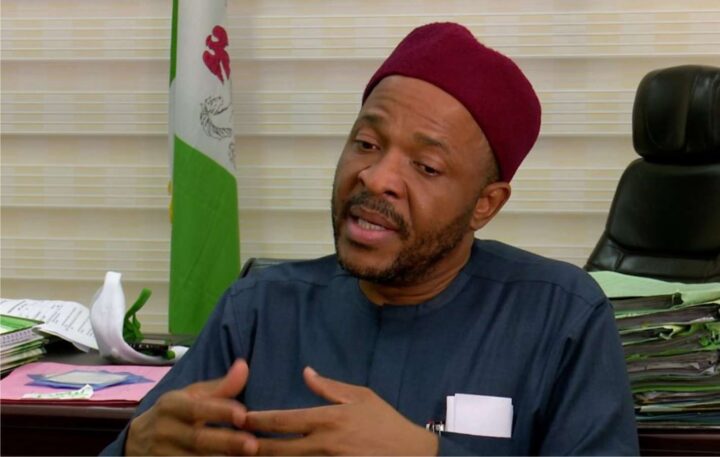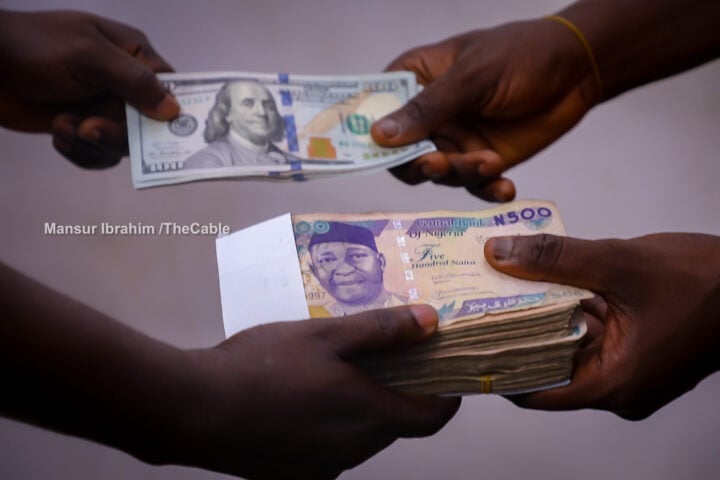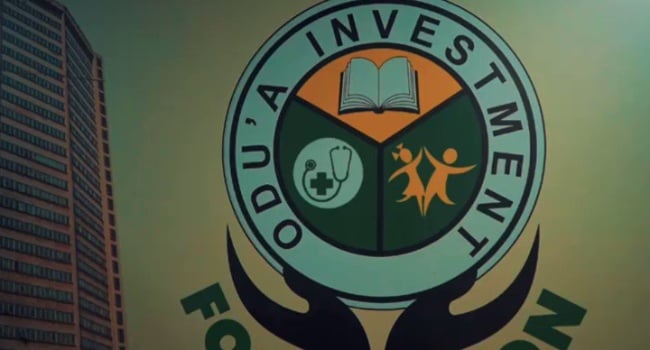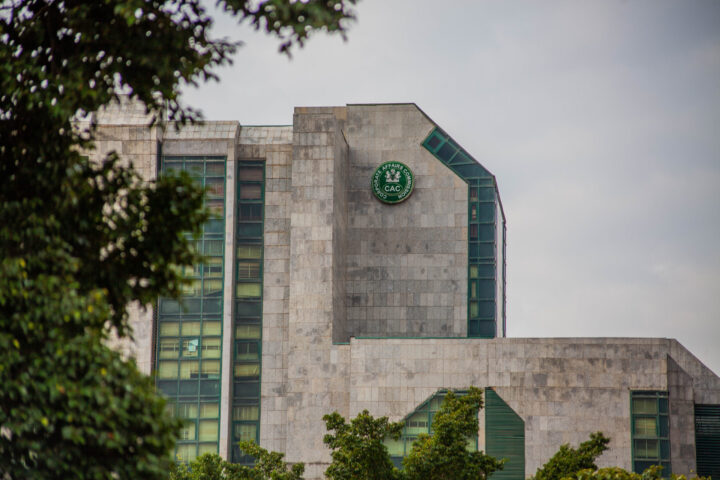The Nigerian Electricity Regulatory Commission (NERC) says the federal government incurred a subsidy obligation of N1.94 trillion in 2024.
In its annual report for 2024, released on Monday, the NERC said the figure accounts for 62.59 percent of the total Nigerian Bulk Electricity Trading (NBET) Plc invoice during the year.
“It is important to note that due to the absence of cost-reflective tariffs across all DisCos in 2024, the Government incurred a subsidy obligation of N1,941.78 billion (62.59 percent of total NBET invoice) during the year…, which translates to an average of N161.85 billion per month,” NERC said.
The commission said the N1.94 trillion subsidy obligation was largely due to the federal government’s policy to freeze “allowed tariffs” paid by customers.
Advertisement
“The FGN directive to freeze all customer tariffs at the December 2022 approved rates despite the increase in the cost-reflective tariffs arising from the major increase in FX rates caused the FGN subsidy to reach N633.30 billion in 2024/Q1,” the report reads.
According to the NERC, this represents “a 303 percent and 1,699 percent increase, respectively” — compared to the average quarterly subsidy liability of N157.15 billion incurred in 2023 and N35.21 billion in 2022.
On April 3, 2024, the federal government approved an increase in electricity tariff to N225 per kilowatt (kW) for customers under the Band A classification, who receive 20 hours of electricity supply daily.
Advertisement
The tariff was later reduced to N206.80/kW on May 6.
According to the report, the adjustment led to a 39.99 percent decrease in federal government subsidy obligations between “2024/Q1 (N633.30 billion) and 2024/Q2 (N380.06 billion)”.
“However, the FGN directive that froze all customer rates at the July rates for the rest of 2024 led to increases in the quarterly subsidy obligation of the FGN; +N84.06 billion (+22.12%) in 2024/Q3 and +N91.63 billion (+24.11%) in 2024/Q4,” the commission said.
“This is because although allowed tariffs were frozen, the cost-reflective tariffs increased due to macroeconomic factors.”
Advertisement
ELECTRICITY SUBSIDY FRAMEWORK
For ease of administration, the NERC said the subsidy is only applied to the generation cost payable by electricity distribution companies (DisCos) to NBET at the source in the form of a DisCo’s remittance obligation (DRO).
“The DRO represents the ratio of the total GenCo invoice that is billed to the DisCos by NBET based on what the allowed DisCo tariffs can cover,” the commission said
“The DRO regime replaced the Minimum Remittance Obligation (MRO) framework in January 2024, and DisCos are expected to pay 100% of their DROs.”
Advertisement
The NERC said the shift to the DRO regime became necessary due to the burden of unpaid subsidy debts on the DisCos’ balance sheets, which hindered their ability to secure financing for critical investments.
The report noted that when allowed tariffs are lower than cost-reflective tariffs set by the commission, the government covers the gap through tariff shortfall funding.
Advertisement
